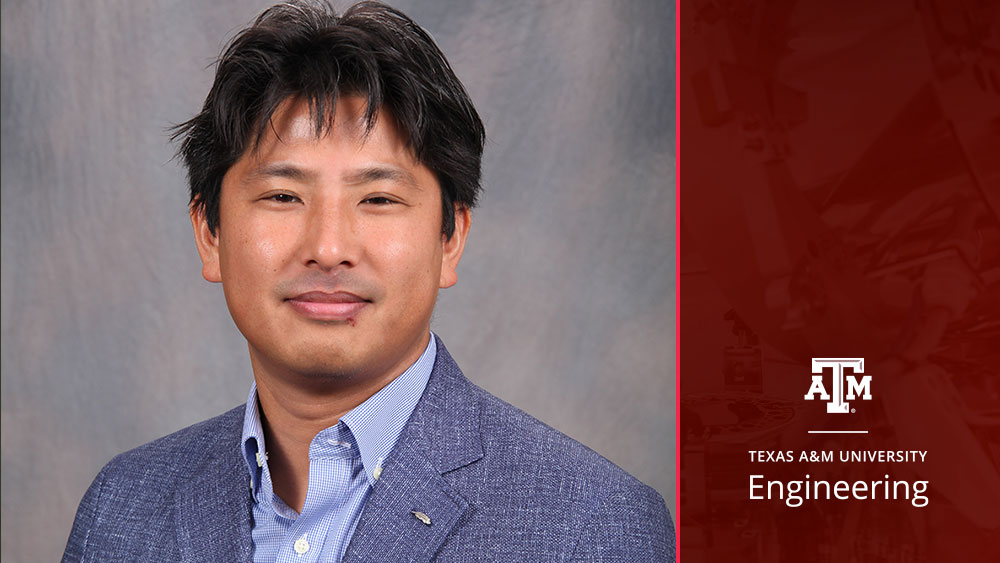
Dr. Arum Han, professor in the Department of Electrical and Computer Engineering, Chancellor’s EDGES Fellow and Presidential Impact Fellow at Texas A&M University, was the keynote speaker at the Institute for Electrical and Electronics Engineers (IEEE) Biomedical Circuits and Systems Conference (BioCAS) held Oct, 6-9 in Berlin, Germany.
The goal of IEEE BioCAS is to foster research, development, education and dissemination of knowledge relating to the emerging field of microelectronics and nanotechnology, which utilizes tiny, or micro, components to manufacture electronics that can be used for a range of applications in biology and medicine.
Han’s keynote speech centered on how high-throughput microfluidics and lab-on-a-chip systems, especially the use of dielectrophoretic force for targeted cell manipulation, are rapidly changing biomedical research and development.
“The high-throughput microfluidic lab-on-a-chip system is finding ever-increasing new applications in broad areas of biomedical and synthetic biology research due to their high throughput, single-cell and pico-liter-volume control capabilities,” Han said. “The use of dielectrophoretic force for cell manipulation has been around for quite some time. Now, combined with the latest developments in high-throughput microfluidics, it is providing unique capabilities in distinguishing and separating target cells with of interest, such as separating high oil-producing microalgae, separating pathogenic bacteria cells from nonpathogenic ones and providing new capabilities to the growing area of high-throughput droplet microfluidics.”
Han is the director of the AggieFab Nanofabrication Facility and has affiliations with the Department of Biomedical Engineering, the Texas A&M Health Science Center, the Texas A&M Institute for Neuroscience and the Interdisciplinary Faculty of Toxicology.
His research focuses on the development of microfluidic, lab-on-a-chip and organ-on-a-chip systems. He has pioneered the area of high-throughput microfluidics for microbiology applications and has been applying these technologies for synthetic biology, host-pathogen interactions, infectious disease and microbial bioproduction. He has also pioneered the area of organ-chip development for preterm birth studies. He has more than 150 peer-reviewed publications and 10 patents/patent applications and has been leading and co-leading numerous multidisciplinary projects supported by the U.S. federal government.